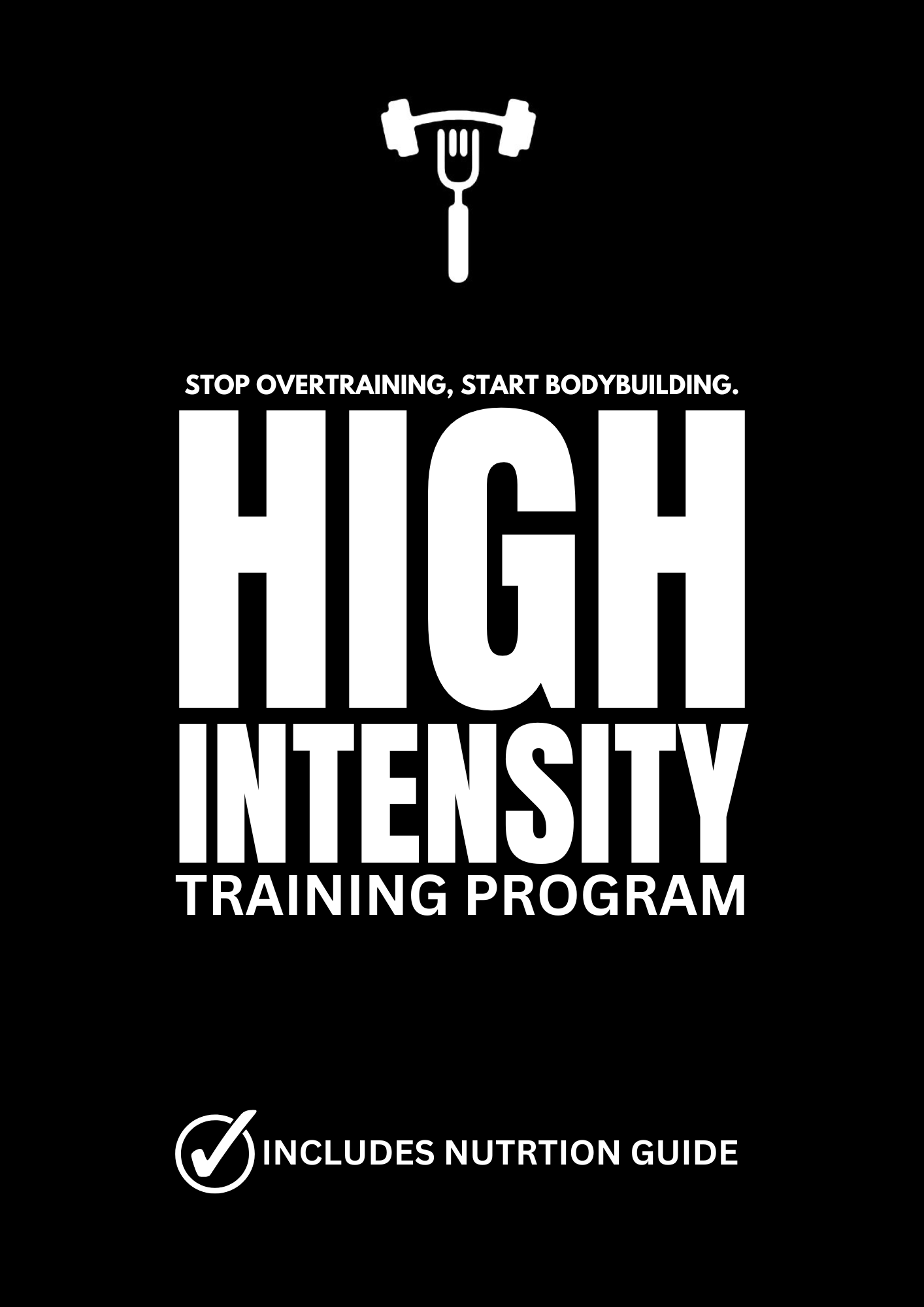63lbs Of Muscle In 3 Weeks?

Is it conceivable to pack on an impressive 63 pounds of muscle in just under a month or achieve a substantial 15-pound muscle gain in twenty-two days?
The mere thought of such rapid muscle growth seems extraordinary, but in the early 1970s, Arthur Jones, the mind behind Nautilus machines, boldly claimed that his High Intensity Training (HIT) could deliver these astonishing results. Delve into the intriguing Colorado Experiment conducted by Jones to explore the truth behind these remarkable claims and question whether conventional muscle gain targets have been set too low.
Jones's High-Intensity Training Philosophy:
Jones was a controversial figure in the fitness industry, challenging mainstream fitness beliefs and advocating for High Intensity Training. He asserted that intense, short bursts of training could yield exceptional results, a perspective that clashed with prevailing bodybuilding norms. Renowned bodybuilder Arnold Schwarzenegger's struggle to complete a workout with Jones became a testament to the intensity of his training approach.
The Colorado Experiment:
In collaboration with Dr. Elliot Plese at Colorado State University, Jones initiated the one-month Colorado Experiment in May 1973. The experiment aimed to establish that brief, high-intensity workouts could lead to rapid and significant muscle mass and strength gains, requiring only a balanced diet and eschewing the use of steroids.
Training Regimen:
Jones and Casey Viator underwent a rigorous training regimen monitored by Dr. Plese. The workouts, consisting of sets to failure with minimal rest between exercises, were executed on Jones's Nautilus and MedX machines. The intensity of the training was emphasized by Jones, who actively supervised sessions to ensure maximal effort.
Results:
Jones published the experiment's results in Ironman magazine in September 1973. Casey Viator achieved a remarkable 63.21 pounds of muscular gain in 28 days, while Jones himself gained 15.44 pounds in 22 days. However, Jones was quick to highlight the exceptional nature of the subjects, their prior training experience, and unique circumstances.
Controversies Surrounding the Experiment:
Critics have raised concerns about the experiment's legitimacy, citing factors like the lack of replicability, selection bias due to the subjects' prior training, and alleged dirty tricks, such as Casey's restricted diet before the experiment. Despite scrutiny, Jones defended the effectiveness of his training approach.
The Legacy of the Colorado Experiment:
The controversy surrounding the Colorado Experiment persists, with some in the fitness industry viewing it as evidence of the efficacy of High Intensity Training, while others dismiss it as a potential sham. The experiment's impact extended beyond Viator and Jones, as professional athletes, including members of the Denver Broncos and Buffalo Bills, adopted similar training methods with reported success.
Conclusion:
The Colorado Experiment remains a divisive topic in the fitness world, challenging conventional beliefs about muscle gain and training intensity. Whether seen as a groundbreaking demonstration of High Intensity Training's potential or criticized as a product of unique circumstances, the experiment prompts individuals to question and form their own opinions about the boundaries of muscle-building possibilities.

